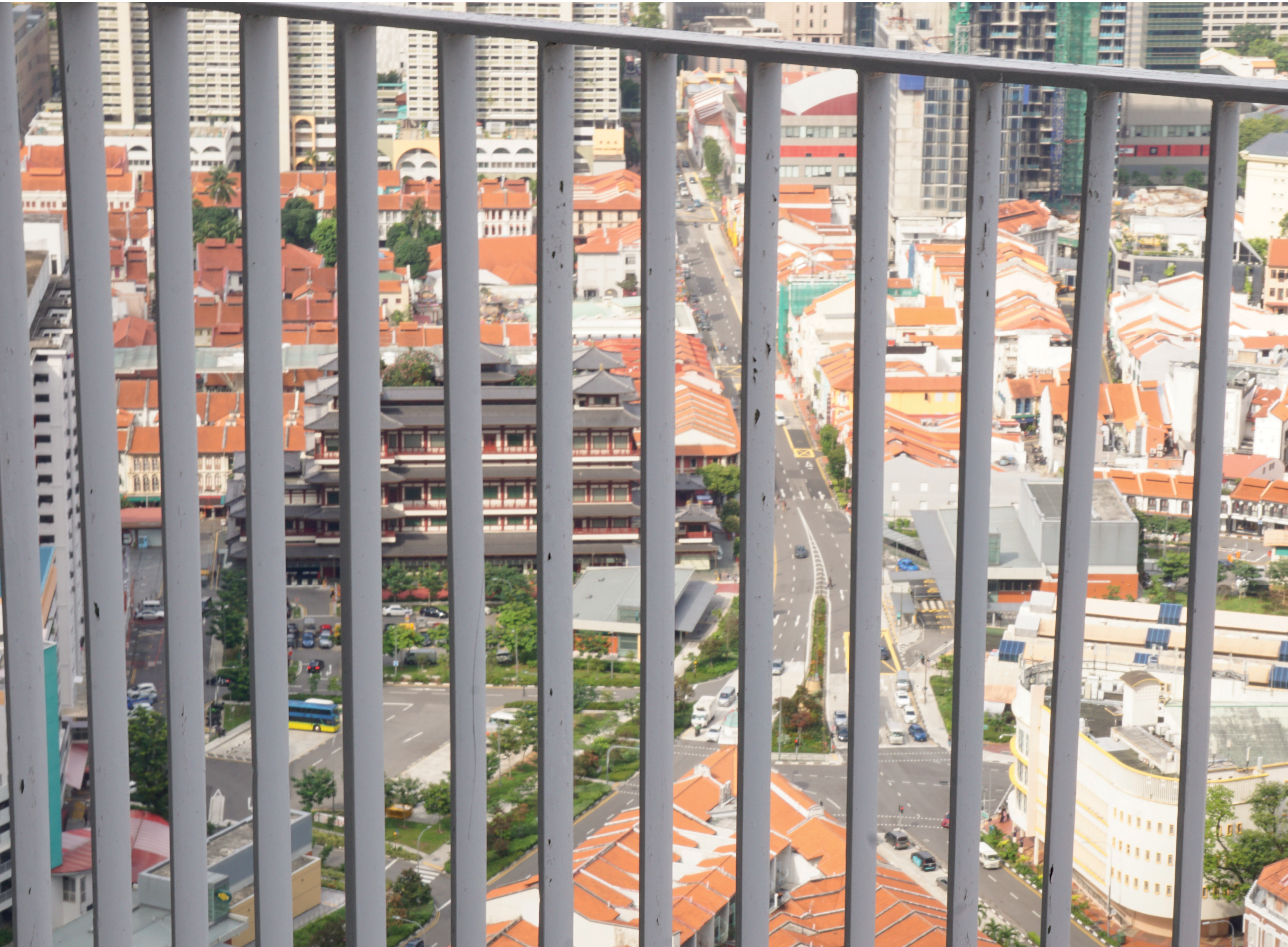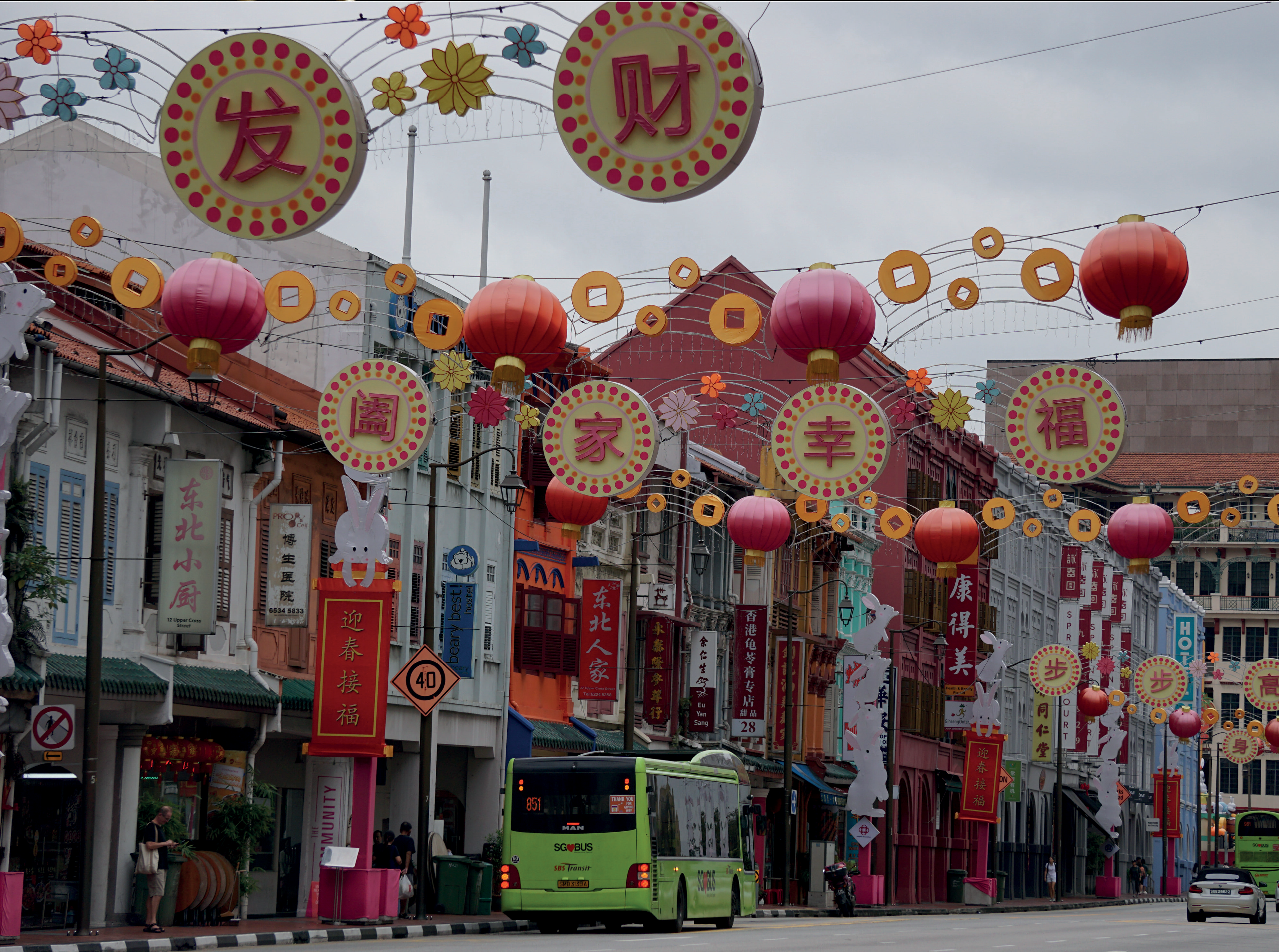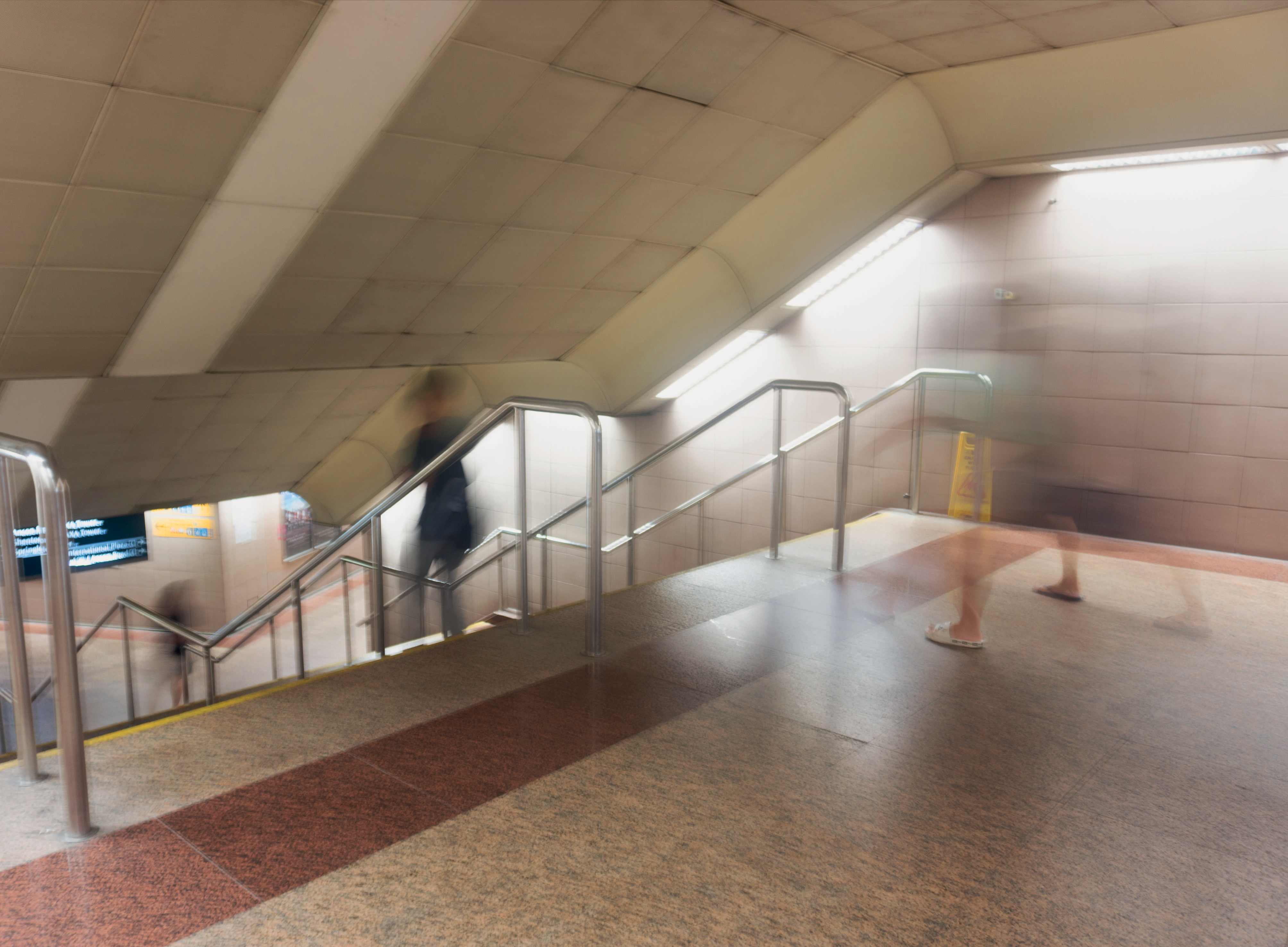

A city is much more than what is visible. The experience of a city is made unique by the abstract parts of it - how we feel within the space and what emotions the places within it elicit. So what makes Singapore unique, and how do we investigate it?
To an outsider into the space, Singapore’s design makes apparent a sense of uniformity that stands in stark contrast to what one may encounter in a different space - like perhaps India - both in terms of social stratification as well as infrastructure.

One of the most noticeable manifestations of this uniformity is the public transport system that connects Singapore - effectively accessible to all irrespective of their social standing. With the government nudging ‘towards a car-lite society’, the transport system clearly has a big role to play in the city. This system has to be supported by a city plan that allows for easy walkability, irrespective of external factors like weather conditions. Walkways and the public transport network have evidently created places that are traversed by thousands everyday, even if only momentarily. Thus, they can be categorised as non-places which are only occupied for short durations, often only due to their facilitative purpose.

non-places are characterised by a sense of anonymity and transience, lacking meaningful social interactions between people. In a ‘supermodern’ context, such spaces are becoming very common - owing their prevalence to factors like globalisation and consumer culture. As Augé explains, non-places have a facilitative purpose which dictates how people would interact with them. As a system of non-places, the public transport system and walkways in Singapore are deliberately designed to allow for efficient use by all. Interaction with such non-places is for and through its purpose, often with very little thought. These non-places are connections from one point of the city to another, facilitating movement.

The nature of all non-places and their contexts impact how they are experienced by people. Understandably, the phenomenological experience of non-places is very abstract and transient - something that everyone knows about but cannot express in absolute terms. It becomes even more layered once we consider the fact that public transport and walkways are transient in their nature as well as their functions. Such experiences are evidently hard to objectively summarise. It can be assumed that the experience of such non-places is larger than the sum of its parts
